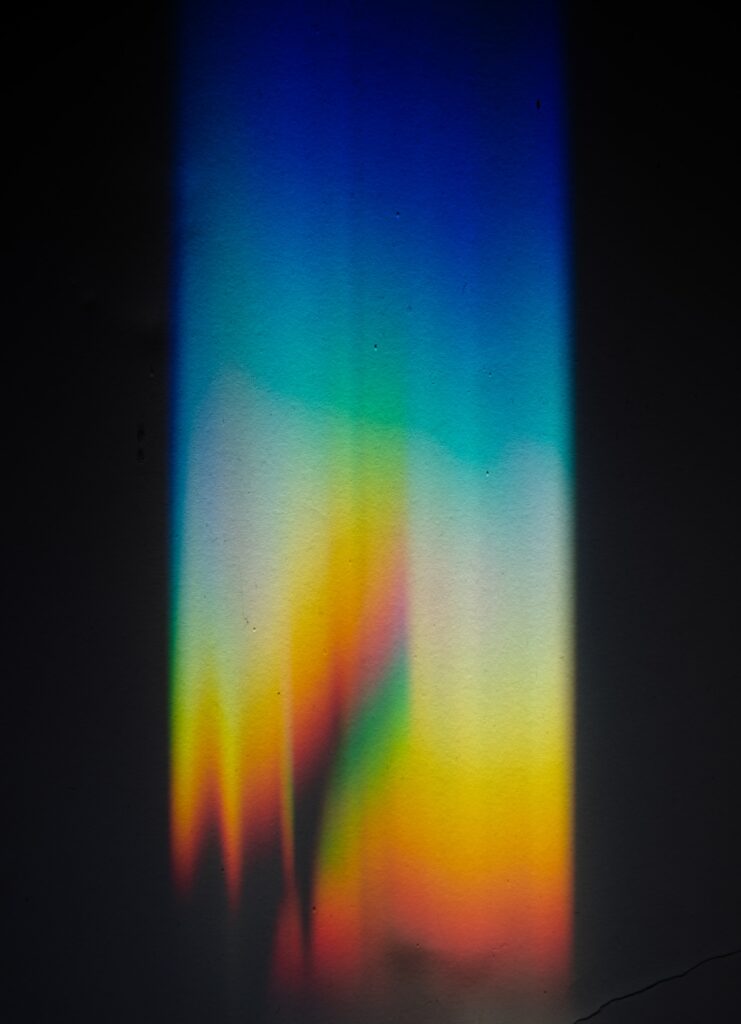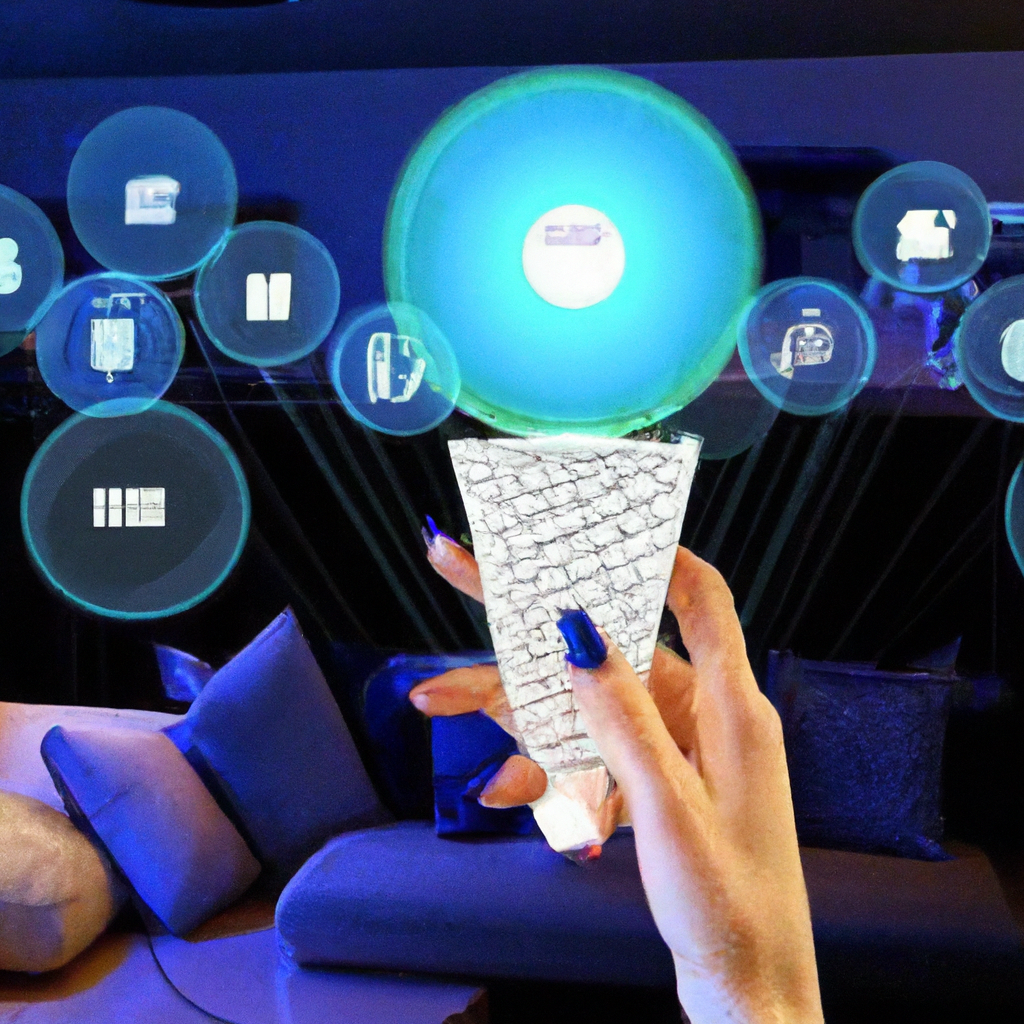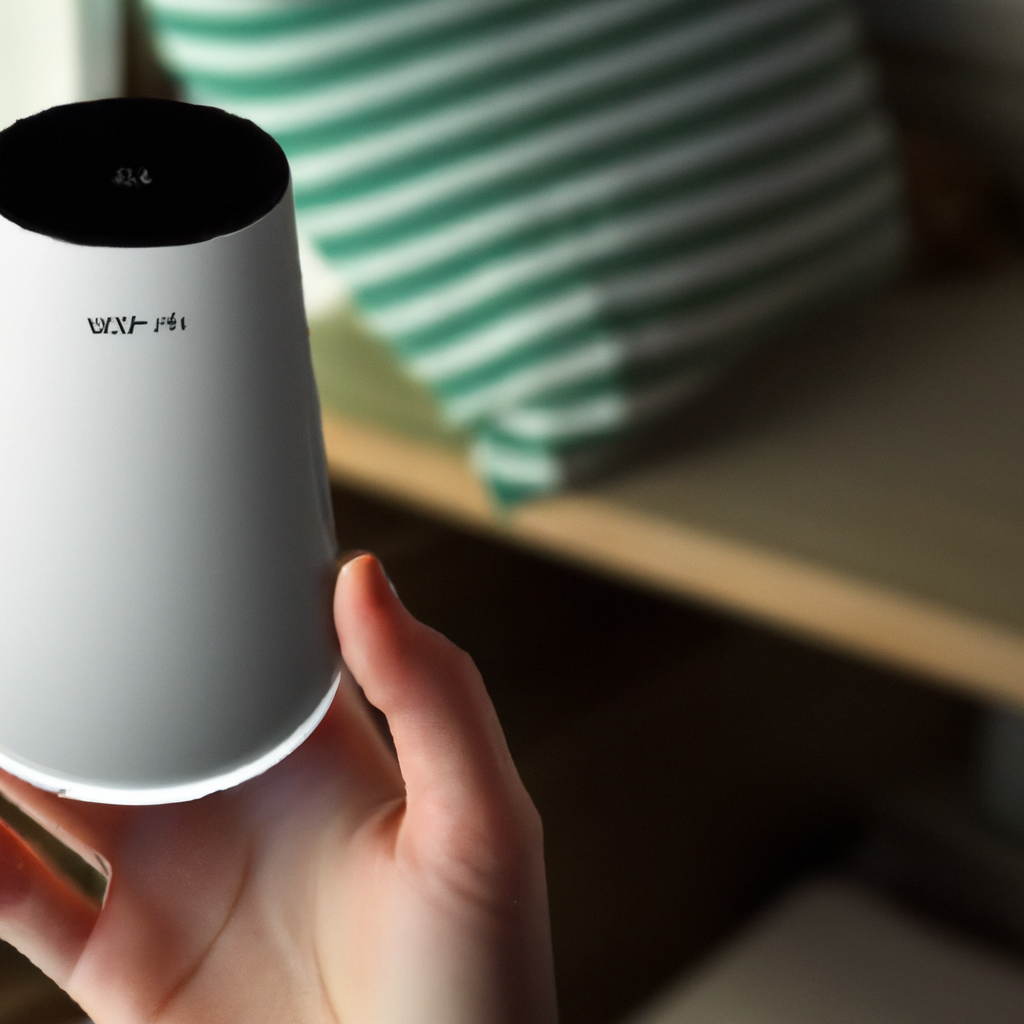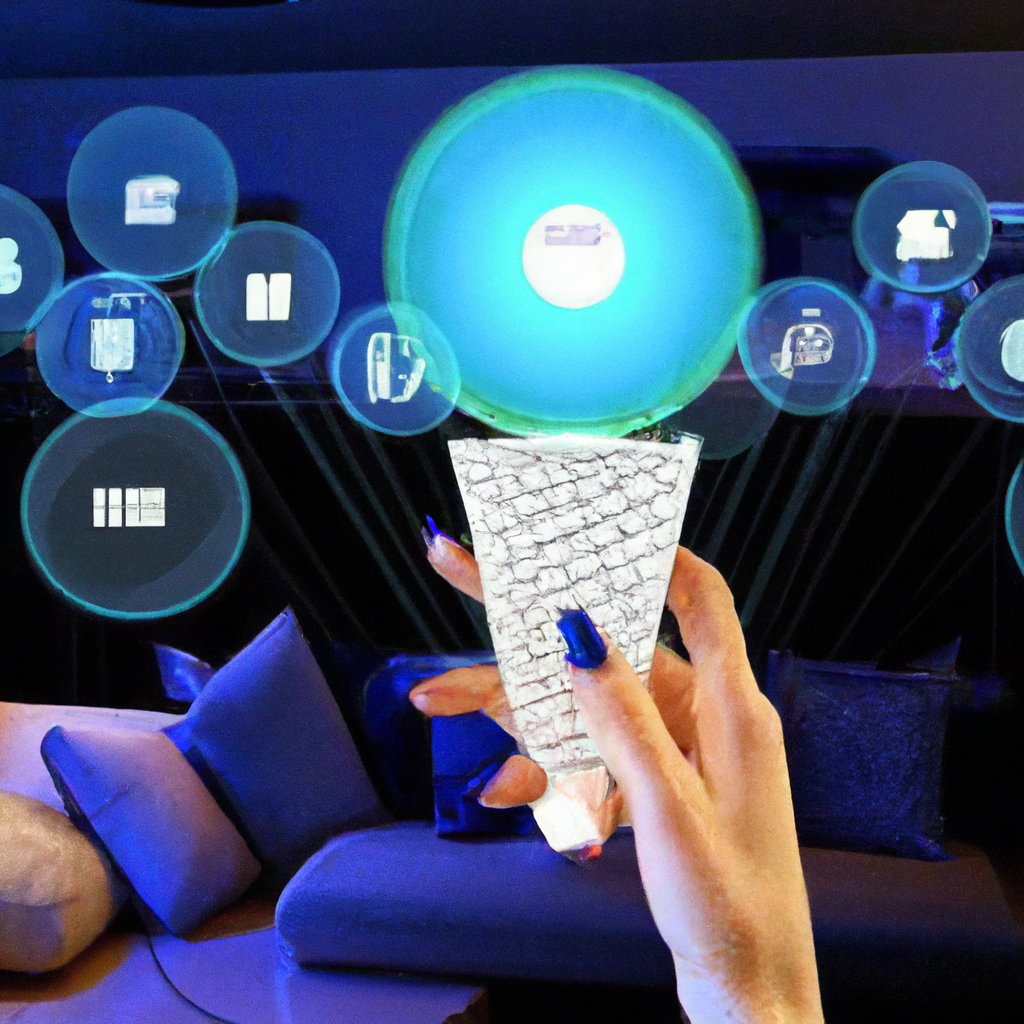Have you ever wondered which smart light technologies work seamlessly with popular voice assistants? It can be quite a challenge to navigate the ever-growing market of smart home devices and ensure compatibility between your voice assistant and smart lights. In this article, we will explore the different smart light technologies available and which ones are compatible with popular voice assistants like Amazon Alexa and Google Assistant. So, get ready to illuminate your home with voice-activated convenience!
Which Smart Light Technologies Are Compatible With Popular Voice Assistants?
Smart lighting technology has revolutionized the way we illuminate our homes. With the advent of voice assistants like Amazon Alexa, Google Assistant, Apple HomeKit, and Microsoft Cortana, controlling your lights has become even more convenient and hands-free. In this article, we will explore the compatibility of various smart light technologies with these popular voice assistants, allowing you to choose the right smart light system for your needs.

1. Wi-Fi Enabled Smart Lights
1.1 Compatibility with Amazon Alexa
Wi-Fi enabled smart lights are known for their versatility and ease of use. With Amazon Alexa, you can seamlessly integrate these lights into your smart home ecosystem. By simply linking your smart lights to your Alexa device, you can control and dim your lights using voice commands. Additionally, you can create schedules, set timers, and even customize lighting scenes to suit your preferences.
1.2 Compatibility with Google Assistant
If you prefer using Google Assistant, rest assured that Wi-Fi enabled smart lights are also compatible with this voice assistant. By connecting your smart lights to the Google Home app, you can easily control your lights with voice commands. From adjusting brightness levels to changing colors, Google Assistant allows for a seamless hands-free lighting experience.
1.3 Compatibility with Apple HomeKit
For Apple users, Wi-Fi enabled smart lights can be integrated into the Apple HomeKit ecosystem. By connecting your lights to the HomeKit app, you can control and automate your lighting with Siri voice commands. Apple HomeKit also offers advanced features like geolocation-based automation, allowing your lights to turn on or off based on your location.
1.4 Compatibility with Microsoft Cortana
If you are a Microsoft Cortana user, you’ll be pleased to know that Wi-Fi enabled smart lights are compatible with this voice assistant as well. By linking your smart lights to the Cortana app, you can control your lights effortlessly with voice commands. Cortana also allows you to create custom routines, enabling you to automate your lighting based on specific triggers or events.
2. Bluetooth Smart Lights
2.1 Compatibility with Amazon Alexa
Bluetooth smart lights offer a convenient and direct connection with your smartphone or other devices. When it comes to compatibility with Amazon Alexa, Bluetooth smart lights may require an additional hub or bridge to integrate with your voice assistant. By connecting your lights to a compatible hub, you can control and dim your lights using Alexa voice commands.
2.2 Compatibility with Google Assistant
Similarly, Bluetooth smart lights may require a hub or bridge to work with Google Assistant. Once connected, you can control your lights with voice commands through the Google Home app. While Bluetooth smart lights may require an extra step for integration, they still offer a reliable and convenient way to control your lighting.
2.3 Compatibility with Apple HomeKit
Apple HomeKit also supports Bluetooth smart lights, allowing you to control and automate your lighting through Siri voice commands. By connecting your lights to the HomeKit app via a hub or bridge, you can create scenes, set schedules, and enjoy the full range of HomeKit features with your Bluetooth smart lights.
2.4 Compatibility with Microsoft Cortana
To integrate Bluetooth smart lights with Microsoft Cortana, a compatible hub or bridge is typically required. Once connected, you can control your lights effortlessly with voice commands through the Cortana app. While an additional device is needed for compatibility, Bluetooth smart lights offer flexibility and energy-efficient lighting options.
3. Zigbee Smart Lights
3.1 Compatibility with Amazon Alexa
Zigbee smart lights are widely compatible with popular voice assistant platforms, including Amazon Alexa. By connecting your Zigbee lights to a compatible Zigbee hub, such as the Philips Hue Bridge, you can control your lights using Alexa voice commands. This integration allows for seamless control over your lighting, including color changes, dimming, and creating lighting routines.
3.2 Compatibility with Google Assistant
Google Assistant also supports Zigbee smart lights. By connecting your Zigbee lights to a compatible hub, such as the Philips Hue Bridge, you can control your lights through the Google Home app using voice commands. With Google Assistant, you can create personalized lighting scenes, set schedules, and even synchronize your lighting with other smart devices in your home.
3.3 Compatibility with Apple HomeKit
Zigbee smart lights can be integrated with Apple HomeKit as well. By connecting your Zigbee lights to a compatible hub, such as the Philips Hue Bridge, you can control your lights with Siri voice commands. HomeKit offers advanced features like automation based on occupancy, geolocation, and time of day, providing a seamless smart lighting experience.
3.4 Compatibility with Microsoft Cortana
To integrate Zigbee smart lights with Microsoft Cortana, a compatible hub, such as the Philips Hue Bridge, is required. Once connected, you can control your lights effortlessly with voice commands through the Cortana app. Cortana also allows for advanced automation and customization, making your Zigbee smart lights a versatile addition to your smart home ecosystem.
4. Z-Wave Smart Lights
4.1 Compatibility with Amazon Alexa
Z-Wave smart lights offer excellent compatibility with Amazon Alexa. By connecting your Z-Wave lights to a compatible Z-Wave hub, you can control your lights using voice commands through Alexa. With Z-Wave technology, you can create personalized lighting scenes, set schedules, and enjoy seamless integration with other Z-Wave compatible devices in your home.
4.2 Compatibility with Google Assistant
Similarly, Z-Wave smart lights can be integrated with Google Assistant. By connecting your Z-Wave lights to a compatible Z-Wave hub, you can control your lights through the Google Home app using voice commands. With Google Assistant, you can control individual lights or groups of lights, adjust brightness levels, and enhance your overall lighting experience.
4.3 Compatibility with Apple HomeKit
Z-Wave smart lights can also be integrated with Apple HomeKit. By connecting your Z-Wave lights to a compatible Z-Wave hub, you can control your lights with Siri voice commands. HomeKit enables you to create scenes, set automations, and control your lighting even when you are away from home, providing convenience and peace of mind.
4.4 Compatibility with Microsoft Cortana
To integrate Z-Wave smart lights with Microsoft Cortana, a compatible Z-Wave hub is required. Once connected, you can control your lights effortlessly with voice commands through the Cortana app. Cortana’s advanced automation capabilities allow you to integrate your Z-Wave smart lights with other Cortana-compatible devices, creating a cohesive and personalized smart home experience.

5. Thread Smart Lights
5.1 Compatibility with Amazon Alexa
Thread smart lights offer seamless integration with Amazon Alexa. By connecting your Thread lights to a compatible hub, you can control your lights using voice commands through Alexa. With Thread technology, you can enjoy reliable and secure connectivity, fast response times, and advanced features like self-healing network capabilities.
5.2 Compatibility with Google Assistant
Similarly, Thread smart lights can be integrated with Google Assistant. By connecting your Thread lights to a compatible hub, you can control your lights through the Google Home app using voice commands. Thread technology provides a robust wireless mesh network, ensuring stable and efficient communication between your smart lights and Google Assistant.
5.3 Compatibility with Apple HomeKit
Thread smart lights can also be integrated with Apple HomeKit. By connecting your Thread lights to a compatible hub, you can control your lights with Siri voice commands. HomeKit offers secure and encrypted communication, enabling you to control your lighting with ease while experiencing enhanced privacy and peace of mind.
5.4 Compatibility with Microsoft Cortana
To integrate Thread smart lights with Microsoft Cortana, a compatible hub is required. Once connected, you can control your lights effortlessly with voice commands through the Cortana app. Cortana’s seamless integration with Thread technology allows you to enjoy a reliable and convenient smart lighting experience.
6. DECT ULE Smart Lights
6.1 Compatibility with Amazon Alexa
DECT ULE smart lights are designed to work flawlessly with Amazon Alexa. By connecting your DECT ULE lights to a compatible hub, you can control your lights using voice commands through Alexa. DECT ULE technology offers a solid and interference-free wireless connection, ensuring reliable communication between your smart lights and voice assistant.
6.2 Compatibility with Google Assistant
Google Assistant also supports DECT ULE smart lights. By connecting your DECT ULE lights to a compatible hub, you can control your lights through the Google Home app using voice commands. DECT ULE technology provides long-range coverage and low power consumption, making it an efficient and reliable choice for smart lighting.
6.3 Compatibility with Apple HomeKit
DECT ULE smart lights can be seamlessly integrated with Apple HomeKit. By connecting your DECT ULE lights to a compatible hub, you can control your lights with Siri voice commands. HomeKit offers secure and encrypted communication, ensuring the privacy and integrity of your smart home ecosystem.
6.4 Compatibility with Microsoft Cortana
Integrating DECT ULE smart lights with Microsoft Cortana requires a compatible hub. Once connected, you can control your lights effortlessly with voice commands through the Cortana app. DECT ULE technology’s robust wireless communication ensures stable connectivity and minimal interference, delivering a reliable smart lighting experience.

7. Insteon Smart Lights
7.1 Compatibility with Amazon Alexa
Insteon smart lights are known for their seamless compatibility with Amazon Alexa. By connecting your Insteon lights to a compatible hub, you can control your lights using voice commands through Alexa. Insteon technology utilizes both powerline and wireless communication, offering a reliable and versatile smart lighting solution.
7.2 Compatibility with Google Assistant
Similarly, Insteon smart lights can be integrated with Google Assistant. By connecting your Insteon lights to a compatible hub, you can control your lights through the Google Home app using voice commands. Insteon’s dual-mesh networking ensures robust and reliable communication, providing a seamless smart lighting experience.
7.3 Compatibility with Apple HomeKit
Insteon smart lights can also be integrated with Apple HomeKit. By connecting your Insteon lights to a compatible hub, you can control your lights with Siri voice commands. HomeKit’s secure and encrypted communication ensures a safe and efficient smart lighting ecosystem.
7.4 Compatibility with Microsoft Cortana
To integrate Insteon smart lights with Microsoft Cortana, a compatible hub is required. Once connected, you can control your lights effortlessly with voice commands through the Cortana app. Insteon technology’s hybrid communication approach ensures reliable and consistent smart lighting performance.
8. Philips Hue Smart Lights
8.1 Compatibility with Amazon Alexa
Philips Hue smart lights offer extensive compatibility with Amazon Alexa. By connecting your Philips Hue lights to a compatible hub, you can control your lights using voice commands through Alexa. Philips Hue provides a wide range of smart lighting options, enabling you to customize colors, set scenes, and enjoy dynamic lighting experiences.
8.2 Compatibility with Google Assistant
Google Assistant also fully supports Philips Hue smart lights. By connecting your Philips Hue lights to a compatible hub, you can control your lights through the Google Home app using voice commands. Philips Hue’s versatile lighting capabilities allow you to create immersive and personalized lighting experiences in your home.
8.3 Compatibility with Apple HomeKit
Philips Hue smart lights seamlessly integrate with Apple HomeKit. By connecting your Philips Hue lights to a compatible hub, you can control your lights with Siri voice commands. HomeKit’s intuitive control and automation features combined with the extensive range of Philips Hue lighting options provide a comprehensive smart lighting experience.
8.4 Compatibility with Microsoft Cortana
Integrating Philips Hue smart lights with Microsoft Cortana requires a compatible hub. Once connected, you can control your lights effortlessly with voice commands through the Cortana app. Philips Hue’s extensive integration capabilities and vast lighting options make it a versatile and popular choice for smart lighting enthusiasts.

9. LIFX Smart Lights
9.1 Compatibility with Amazon Alexa
LIFX smart lights provide seamless compatibility with Amazon Alexa. By connecting your LIFX lights to a compatible hub, you can control your lights using voice commands through Alexa. LIFX offers a wide range of lighting options, from vibrant colors to tunable white shades, allowing you to create the perfect ambiance for any occasion.
9.2 Compatibility with Google Assistant
Google Assistant also fully supports LIFX smart lights. By connecting your LIFX lights to a compatible hub, you can control your lights through the Google Home app using voice commands. LIFX’s extensive lighting capabilities allow you to personalize your lighting experience, with features like music visualizations and animated themes.
9.3 Compatibility with Apple HomeKit
LIFX smart lights can seamlessly integrate with Apple HomeKit. By connecting your LIFX lights to a compatible hub, you can control your lights with Siri voice commands. HomeKit’s advanced automation features combined with LIFX’s versatile lighting options provide a comprehensive smart lighting solution for Apple users.
9.4 Compatibility with Microsoft Cortana
Integrating LIFX smart lights with Microsoft Cortana requires a compatible hub. Once connected, you can control your lights effortlessly with voice commands through the Cortana app. LIFX’s extensive range of lighting options, energy efficiency, and seamless integration capabilities make it a popular choice for smart home enthusiasts.
10. TP-Link Smart Lights
10.1 Compatibility with Amazon Alexa
TP-Link smart lights offer excellent compatibility with Amazon Alexa. By connecting your TP-Link lights to a compatible hub, you can control your lights using voice commands through Alexa. TP-Link provides a variety of smart lighting options, including tunable white and multicolor bulbs, allowing you to create the perfect lighting atmosphere.
10.2 Compatibility with Google Assistant
Google Assistant also fully supports TP-Link smart lights. By connecting your TP-Link lights to a compatible hub, you can control your lights through the Google Home app using voice commands. TP-Link’s versatile lighting options and easy integration with Google Assistant provide a seamless smart lighting experience.
10.3 Compatibility with Apple HomeKit
While TP-Link smart lights do not natively support Apple HomeKit, you can still control them through third-party apps like the Homebridge software. By setting up the Homebridge software on a compatible device, you can integrate your TP-Link lights with Apple HomeKit and control them with Siri voice commands.
10.4 Compatibility with Microsoft Cortana
Integrating TP-Link smart lights with Microsoft Cortana requires a compatible hub. Once connected, you can control your lights effortlessly with voice commands through the Cortana app. TP-Link’s reliable connectivity and versatile lighting options make it a popular choice for smart home enthusiasts looking to integrate with Cortana.











